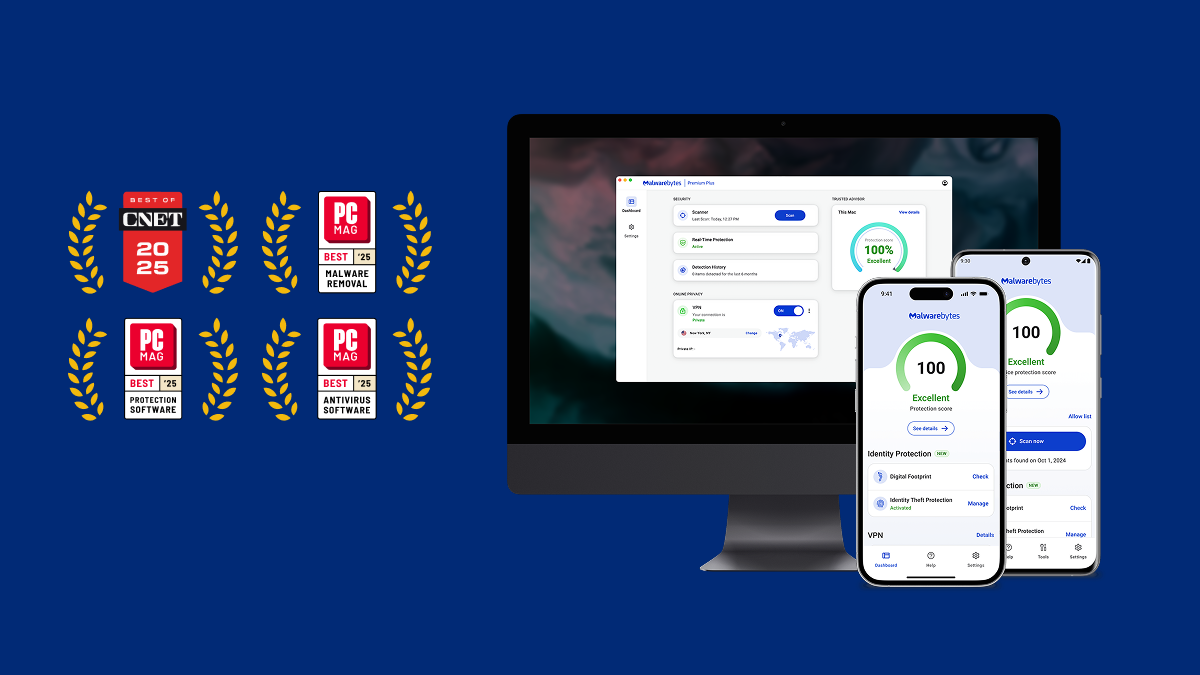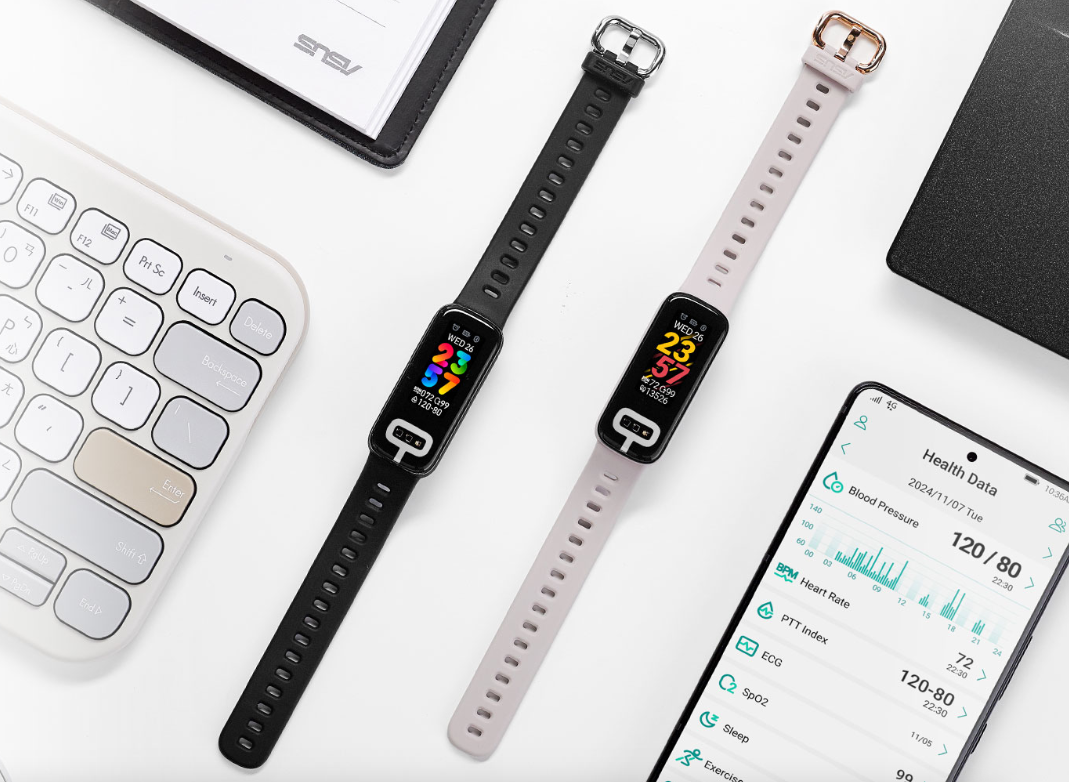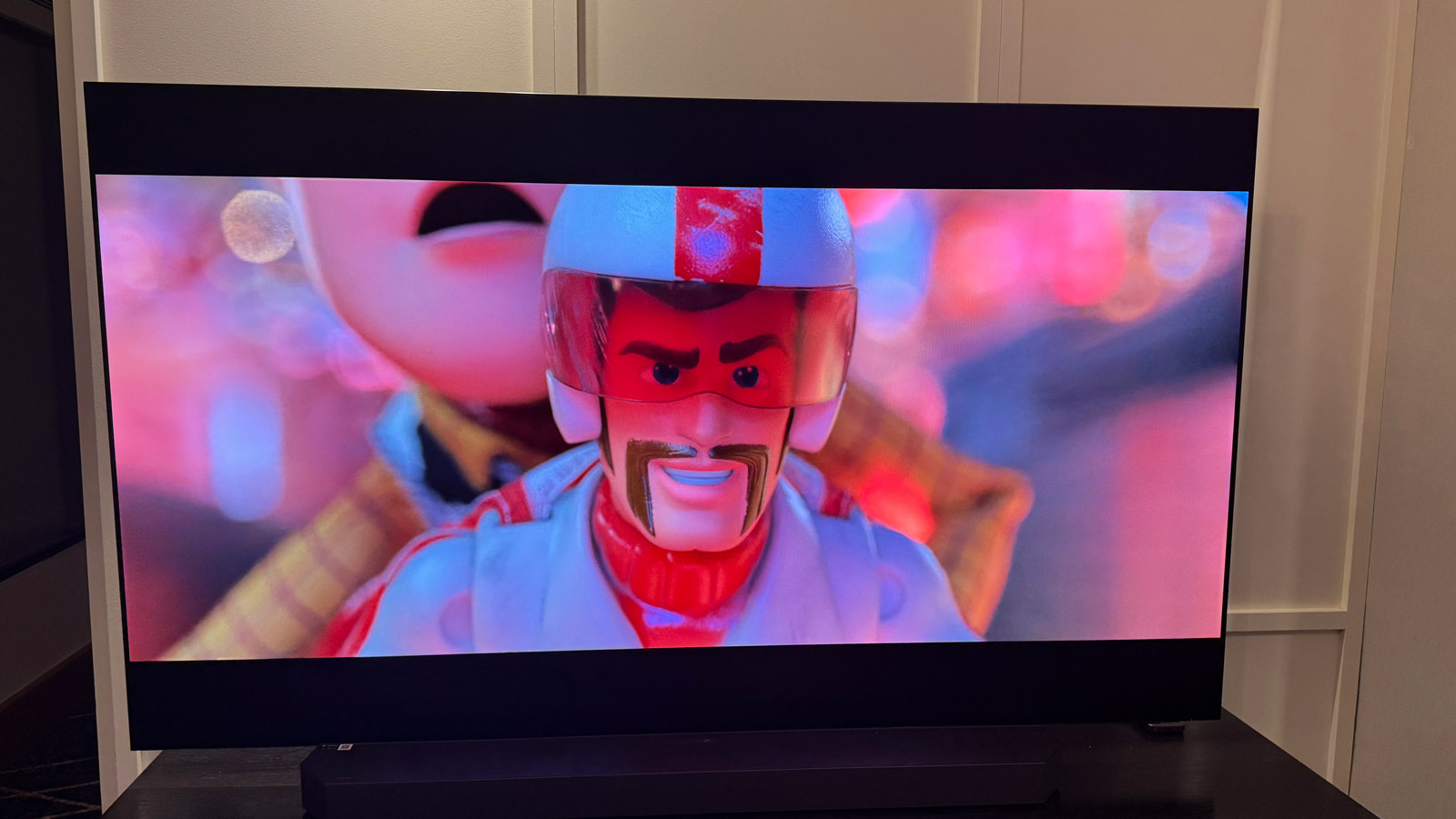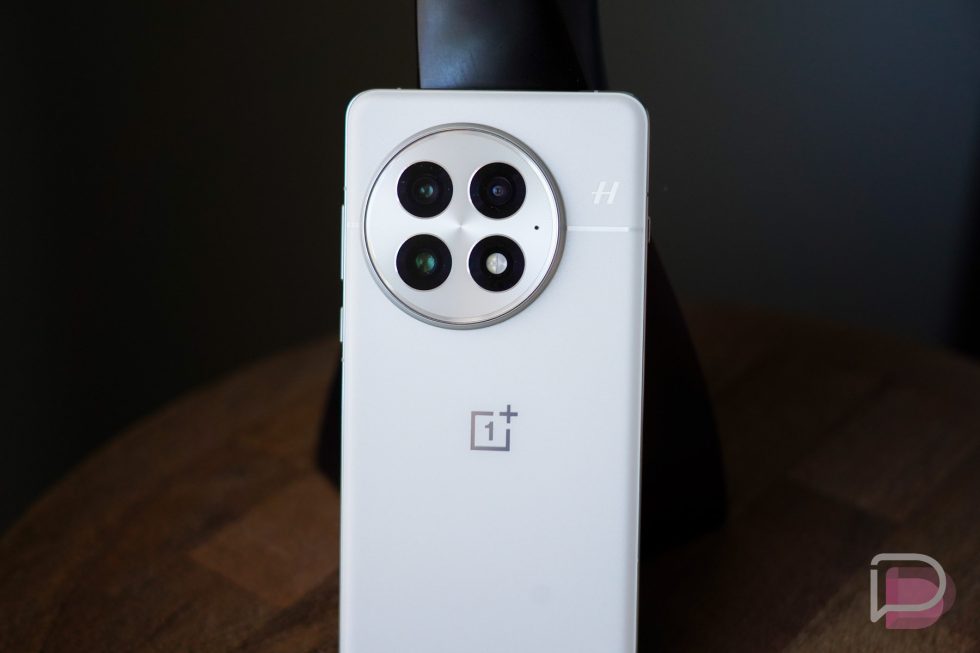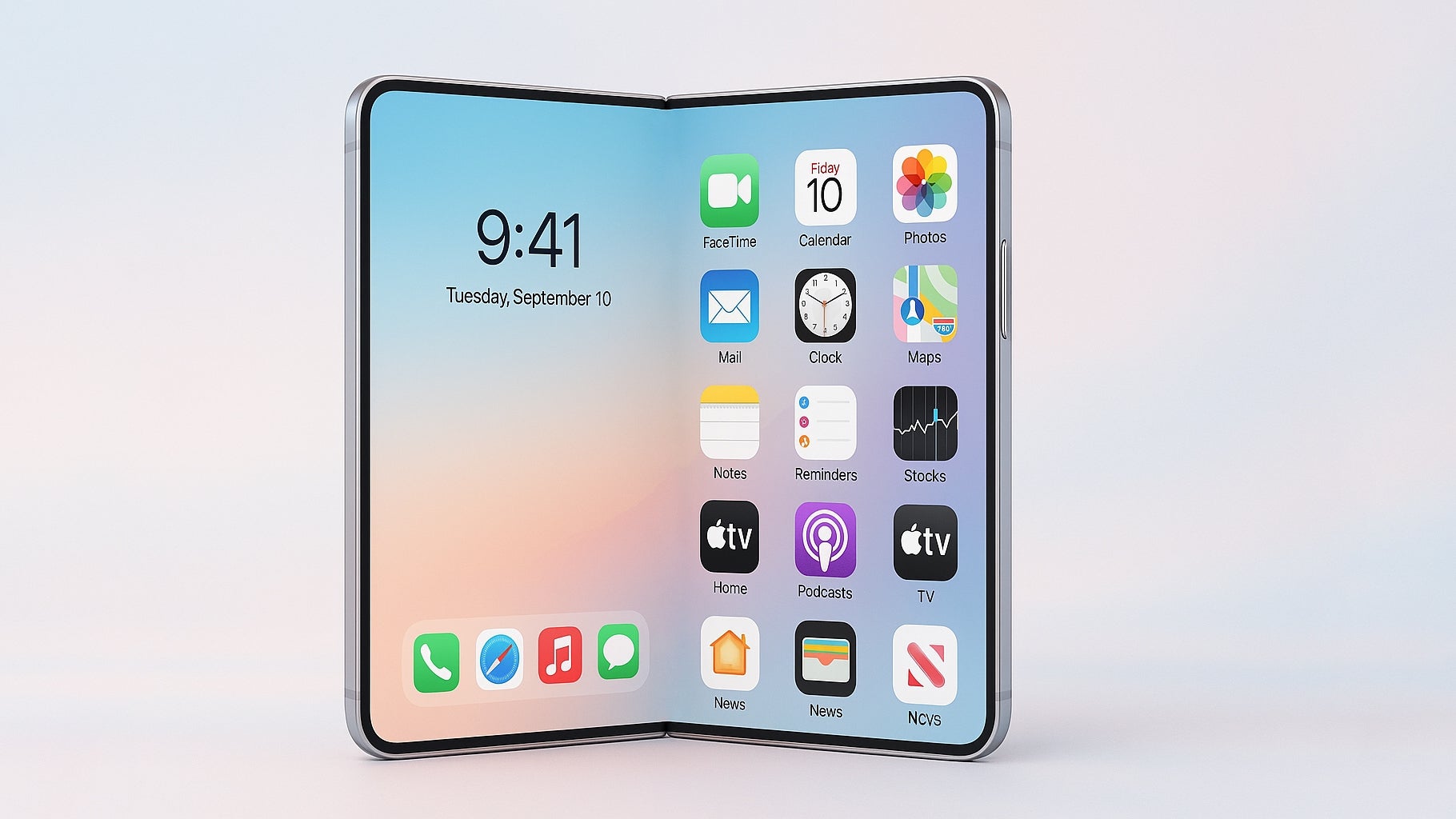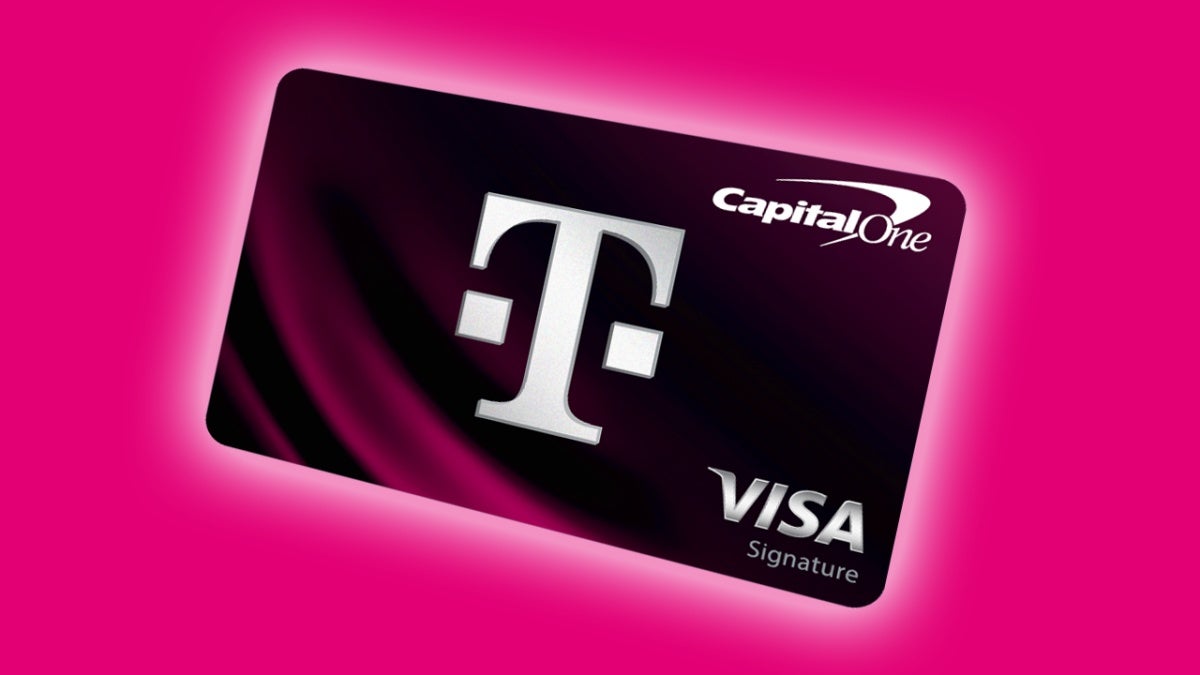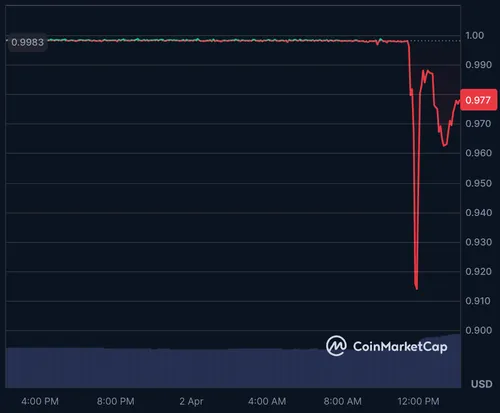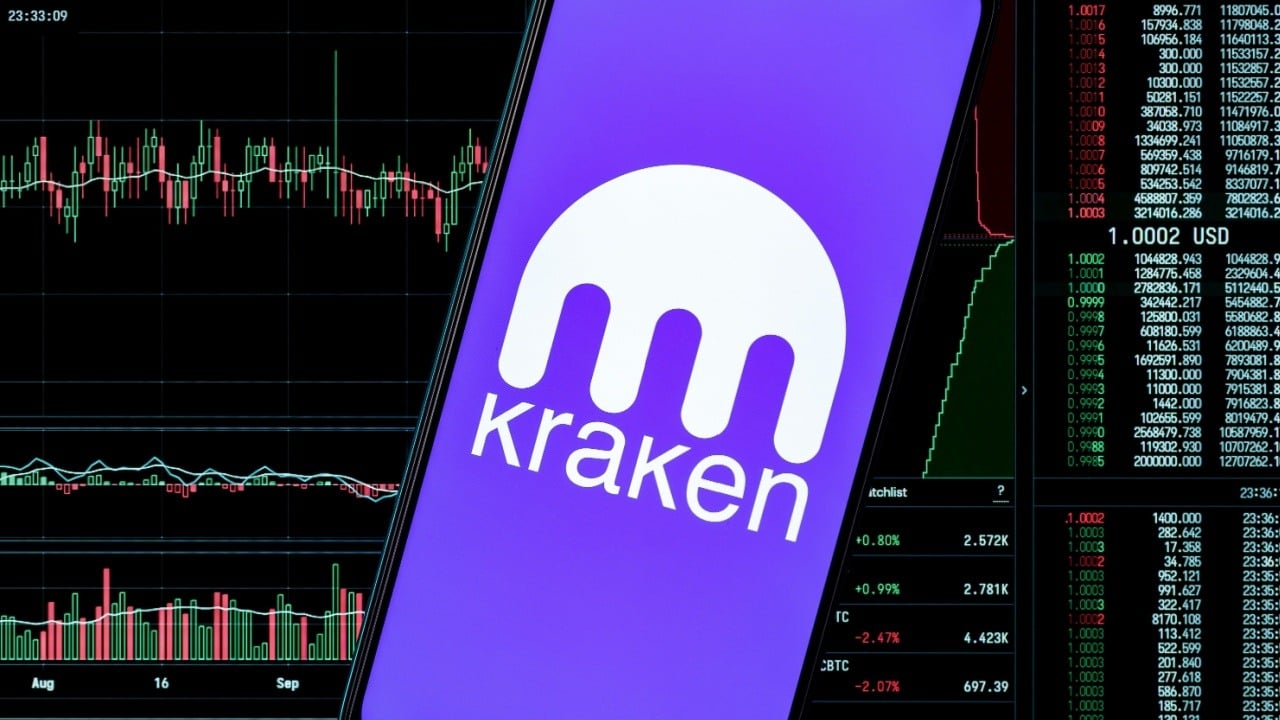Syncfusion vs. Other Angular UI Libraries: Why We Chose Syncfusion in a Large Project
We evaluated multiple Angular UI libraries—Angular Material, PrimeNG, Kendo UI, and Syncfusion—for a large enterprise project. Here's why Syncfusion was the winner. When building a large-scale enterprise application, every technology choice matters—especially when it comes to the UI library. In our recent project—a full-stack application using Angular 17, .NET 8, SQL Server, and Azure—we evaluated several Angular UI libraries before ultimately choosing Syncfusion. This post explains why we made that decision, how Syncfusion compared to others, and what we learned in the process. Project Overview We were tasked with building an internal enterprise dashboard with: Large data grids (1k+ rows), Complex forms and reporting, Real-time updates using SignalR, Document generation (PDF/Excel), Role-based dashboards with configurable widgets. We evaluated the following Angular UI libraries: 1. Syncfusion Provides over 80+ UI components covering essential and advanced needs. Best suited for enterprise applications and data visualization. Supports Angular, React, Vue, and Blazor. Offers both free (community edition) and paid versions. Advanced Grid features: Virtual scrolling, pagination, CRUD operations, filtering, and exporting. Rich Data Visualization: Charts, Gauges, Maps, and Pivot Tables. Robust Document Processing: PDF Viewer, Word, Excel, and PowerPoint processing components. 2. PrimeNG Open-source with a large community support. Provides extensive UI elements for forms, tables, and charts. Integrated with PrimeFlex for CSS utilities. Rich themes and animations. 3. NG-Zorro Based on Ant Design, optimized for business applications. Developed and maintained by Alibaba. Strong focus on enterprise UI components. Internationalization (i18n) support. 4. Angular Material Official UI library from Google. Implements Material Design principles. Provides a minimalistic yet powerful UI component suite. Best suited for modern, lightweight applications. 5. Kendo UI for Angular Commercial library with dedicated support. Highly performance-optimized for large datasets. Extensive documentation and enterprise-level features. 6. DevExtreme for Angular Best suited for high-performance and data-heavy applications. Offers charts, grids, interactive UI elements. Optimized for seamless cross-platform development. What We Looked For Here were our key evaluation criteria: Criteria Why It Mattered Component Coverage We needed ready-to-use components like Grid, Scheduler, PDF Viewer, etc. Performance with Large Data Some views handled 10,000+ records with filtering/sorting. Integration with Angular 17 Compatibility with signals, standalone APIs, and change detection. Customization and Theming Required to match enterprise branding. Documentation and Support Needed clear examples and reliable support. Backend Compatibility (.NET) Bonus points for libraries that played well with .NET services. Reporting/Exporting Features PDF, Excel generation support out of the box. Licensing Model Straightforward licensing without usage-based billing. Side-by-Side Comparison Feature Syncfusion PrimeNG NG-Zorro Angular Material Kendo UI DevExtreme Number of Components 80+ 50+ 40+ 30+ 80+ 70+ Free or Paid? Community & Paid Free Free Free Paid Paid Performance High Medium High Medium High High Customization High High Medium Low High High Best For Enterprise apps General use Business UI Modern design Data-heavy apps Interactive UIs Data Grid Support Yes Yes Yes Basic Yes Yes Why We Chose Syncfusion 1. Enterprise-Ready Components Syncfusion's Angular UI suite includes over 80+ components, covering everything from simple inputs to advanced modules like Spreadsheet, Scheduler, Pivot Table, and PDF Viewer. Use Case: We used the Syncfusion Grid extensively for features like: Infinite scrolling Virtualization Excel-like filtering Custom templates Row drag & drop We also leveraged their Scheduler, DocumentEditor, and Rich Text Editor with minimal configuration. 2. Performance with Large Datasets We benchmarked grid rendering with ~10,000 records. While other libraries struggled, Syncfusion Grid performed with smooth scrolling and real-time updates. We combined: Angular’s OnPush change detection, Syncfusion’s enableVirtualization and lazyLoad, Server-side paging via .NET API. Result: Great UX without performance issues. 3. Seamless Angular 17 Integration Full support for Angular Standalone Components Signal compatibility Tree-shakable modules (after selective imports) Reactive forms and template-driven forms support This made our Angular 17 migration much easier. 4. Reporting & Document Generation Syncfusion’s PDF, Excel, Word, and PowerPoint libraries integrated easily with .NET backend. Saved development time for invoice/reporting modules. 5. Support and Documentation Detailed API d
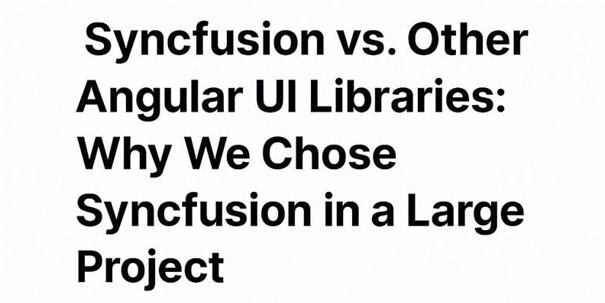
We evaluated multiple Angular UI libraries—Angular Material, PrimeNG, Kendo UI, and Syncfusion—for a large enterprise project. Here's why Syncfusion was the winner.
When building a large-scale enterprise application, every technology choice matters—especially when it comes to the UI library. In our recent project—a full-stack application using Angular 17, .NET 8, SQL Server, and Azure—we evaluated several Angular UI libraries before ultimately choosing Syncfusion.
This post explains why we made that decision, how Syncfusion compared to others, and what we learned in the process.
Project Overview
We were tasked with building an internal enterprise dashboard with:
- Large data grids (1k+ rows),
- Complex forms and reporting,
- Real-time updates using SignalR,
- Document generation (PDF/Excel),
- Role-based dashboards with configurable widgets.
We evaluated the following Angular UI libraries:
1. Syncfusion
- Provides over 80+ UI components covering essential and advanced needs.
- Best suited for enterprise applications and data visualization.
- Supports Angular, React, Vue, and Blazor.
- Offers both free (community edition) and paid versions.
- Advanced Grid features: Virtual scrolling, pagination, CRUD operations, filtering, and exporting.
- Rich Data Visualization: Charts, Gauges, Maps, and Pivot Tables.
- Robust Document Processing: PDF Viewer, Word, Excel, and PowerPoint processing components.
2. PrimeNG
- Open-source with a large community support.
- Provides extensive UI elements for forms, tables, and charts.
- Integrated with PrimeFlex for CSS utilities.
- Rich themes and animations.
3. NG-Zorro
- Based on Ant Design, optimized for business applications.
- Developed and maintained by Alibaba.
- Strong focus on enterprise UI components.
- Internationalization (i18n) support.
4. Angular Material
- Official UI library from Google.
- Implements Material Design principles.
- Provides a minimalistic yet powerful UI component suite.
- Best suited for modern, lightweight applications.
5. Kendo UI for Angular
- Commercial library with dedicated support.
- Highly performance-optimized for large datasets.
- Extensive documentation and enterprise-level features.
6. DevExtreme for Angular
- Best suited for high-performance and data-heavy applications.
- Offers charts, grids, interactive UI elements.
- Optimized for seamless cross-platform development.
What We Looked For
Here were our key evaluation criteria:
| Criteria | Why It Mattered |
|---|---|
| Component Coverage | We needed ready-to-use components like Grid, Scheduler, PDF Viewer, etc. |
| Performance with Large Data | Some views handled 10,000+ records with filtering/sorting. |
| Integration with Angular 17 | Compatibility with signals, standalone APIs, and change detection. |
| Customization and Theming | Required to match enterprise branding. |
| Documentation and Support | Needed clear examples and reliable support. |
| Backend Compatibility (.NET) | Bonus points for libraries that played well with .NET services. |
| Reporting/Exporting Features | PDF, Excel generation support out of the box. |
| Licensing Model | Straightforward licensing without usage-based billing. |
Side-by-Side Comparison
| Feature | Syncfusion | PrimeNG | NG-Zorro | Angular Material | Kendo UI | DevExtreme |
|---|---|---|---|---|---|---|
| Number of Components | 80+ | 50+ | 40+ | 30+ | 80+ | 70+ |
| Free or Paid? | Community & Paid | Free | Free | Free | Paid | Paid |
| Performance | High | Medium | High | Medium | High | High |
| Customization | High | High | Medium | Low | High | High |
| Best For | Enterprise apps | General use | Business UI | Modern design | Data-heavy apps | Interactive UIs |
| Data Grid Support | Yes | Yes | Yes | Basic | Yes | Yes |
Why We Chose Syncfusion
1. Enterprise-Ready Components
Syncfusion's Angular UI suite includes over 80+ components, covering everything from simple inputs to advanced modules like Spreadsheet, Scheduler, Pivot Table, and PDF Viewer.
Use Case: We used the Syncfusion Grid extensively for features like:
- Infinite scrolling
- Virtualization
- Excel-like filtering
- Custom templates
- Row drag & drop We also leveraged their Scheduler, DocumentEditor, and Rich Text Editor with minimal configuration.
2. Performance with Large Datasets
We benchmarked grid rendering with ~10,000 records. While other libraries struggled, Syncfusion Grid performed with smooth scrolling and real-time updates.
We combined:
- Angular’s
OnPushchange detection, - Syncfusion’s
enableVirtualizationandlazyLoad, - Server-side paging via .NET API. Result: Great UX without performance issues.
3. Seamless Angular 17 Integration
- Full support for Angular Standalone Components
- Signal compatibility
- Tree-shakable modules (after selective imports)
- Reactive forms and template-driven forms support This made our Angular 17 migration much easier.
4. Reporting & Document Generation
- Syncfusion’s PDF, Excel, Word, and PowerPoint libraries integrated easily with .NET backend.
- Saved development time for invoice/reporting modules.
5. Support and Documentation
- Detailed API docs, working stackblitz examples, active ticket support.
- Resolved a blocker within 24 hours via their enterprise support.
6. Unified Design Language
- Custom themes and theme studio allowed consistent branding across the app.
7. Licensing Fit Our Needs
- Flat licensing per developer—easy to budget.
- No hidden costs based on usage or app size.
Syncfusion with Angular
1. Installation
Install the complete UI library:
npm install @syncfusion/ej2-angular-ui-components
2. Importing Syncfusion Module
import { NgModule } from '@angular/core';
import { BrowserModule } from '@angular/platform-browser';
import { GridModule } from '@syncfusion/ej2-angular-grids';
@NgModule({
declarations: [/* Components */],
imports: [BrowserModule, GridModule],
bootstrap: [/* Root Component */]
})
export class AppModule {}
3. Component Usage Examples
1. Grid Example
export class AppComponent {
data = [
{ id: 1, name: 'John Doe', age: 28 },
{ id: 2, name: 'Jane Doe', age: 25 },
];
}
2. Dropdown Example
export class AppComponent {
countries = ['USA', 'India', 'Canada', 'Germany'];
}
3. DatePicker Example
Using Syncfusion with Other Frameworks
Syncfusion provides UI components that are compatible with multiple frameworks beyond Angular, including React, and Vue. Below are step-by-step guides for integrating **Syncfusion **with these frameworks.
1. React
npm install @syncfusion/ej2-react-grids
import { GridComponent, ColumnsDirective, ColumnDirective } from '@syncfusion/ej2-react-grids';
2. Vue
npm install @syncfusion/ej2-vue-grids
Advantages and Disadvantages of Syncfusion
Advantages
- Wide range of enterprise-ready components
- High performance with large datasets
- Supports Angular, React, Vue, Blazor
- Extensive documentation and support
Disadvantages
- Advanced features require a paid license
Conclusion
- Syncfusion is ideal for enterprise and data-heavy applications
- PrimeNG and Angular Material are great for general UI needs
- Choose based on your project’s size, complexity, and budget


























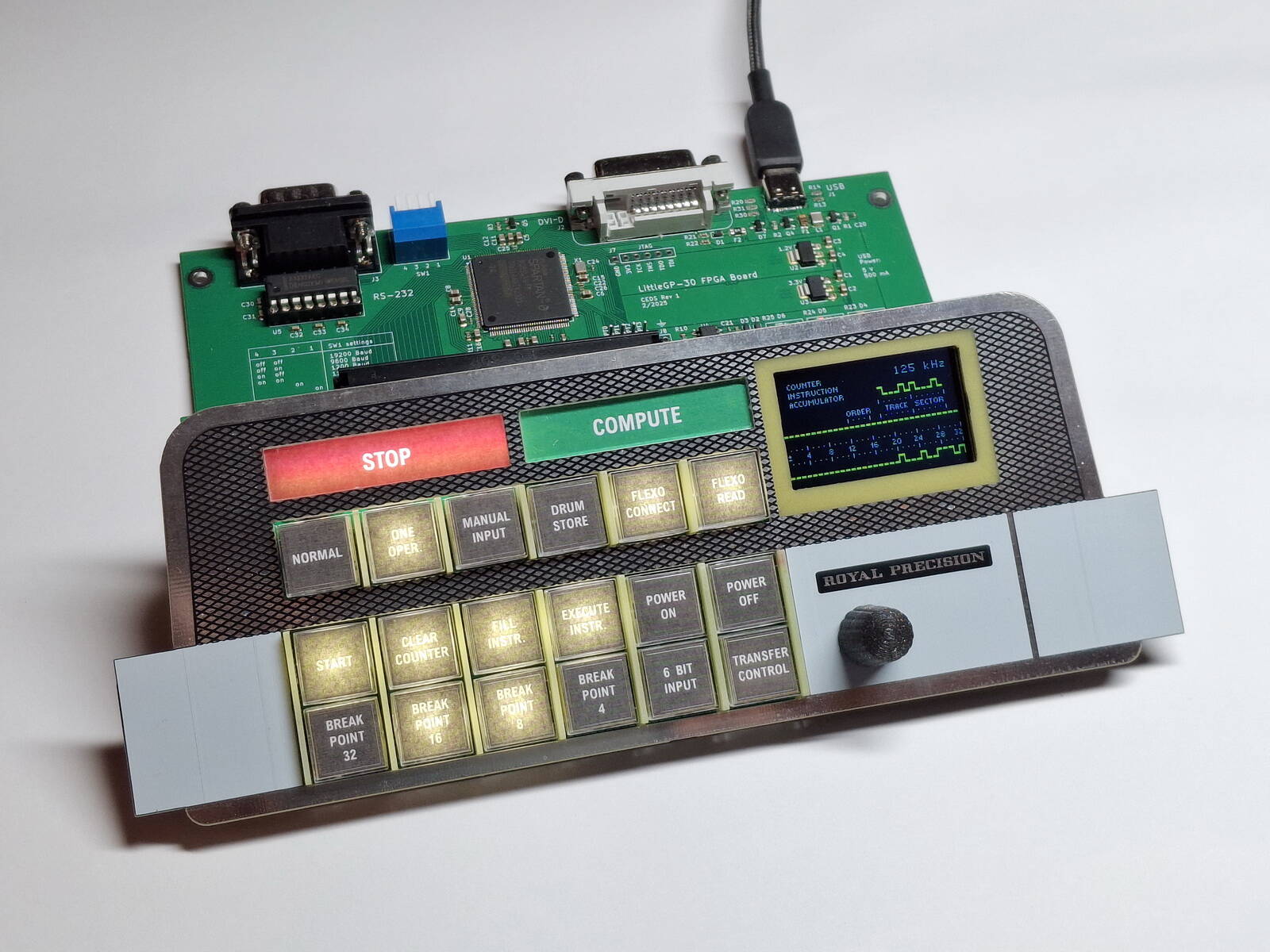










































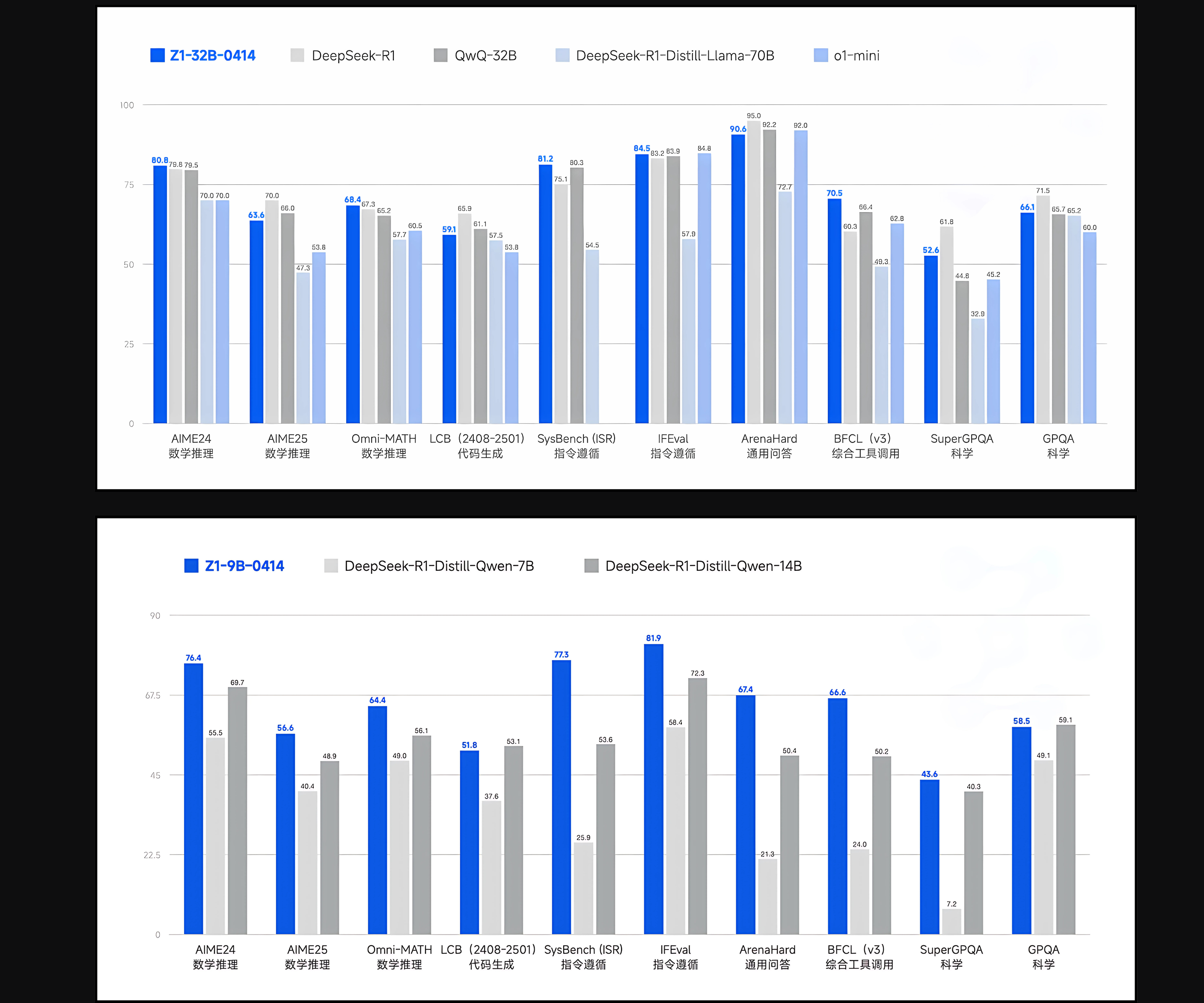





































































































![[The AI Show Episode 143]: ChatGPT Revenue Surge, New AGI Timelines, Amazon’s AI Agent, Claude for Education, Model Context Protocol & LLMs Pass the Turing Test](https://www.marketingaiinstitute.com/hubfs/ep%20143%20cover.png)






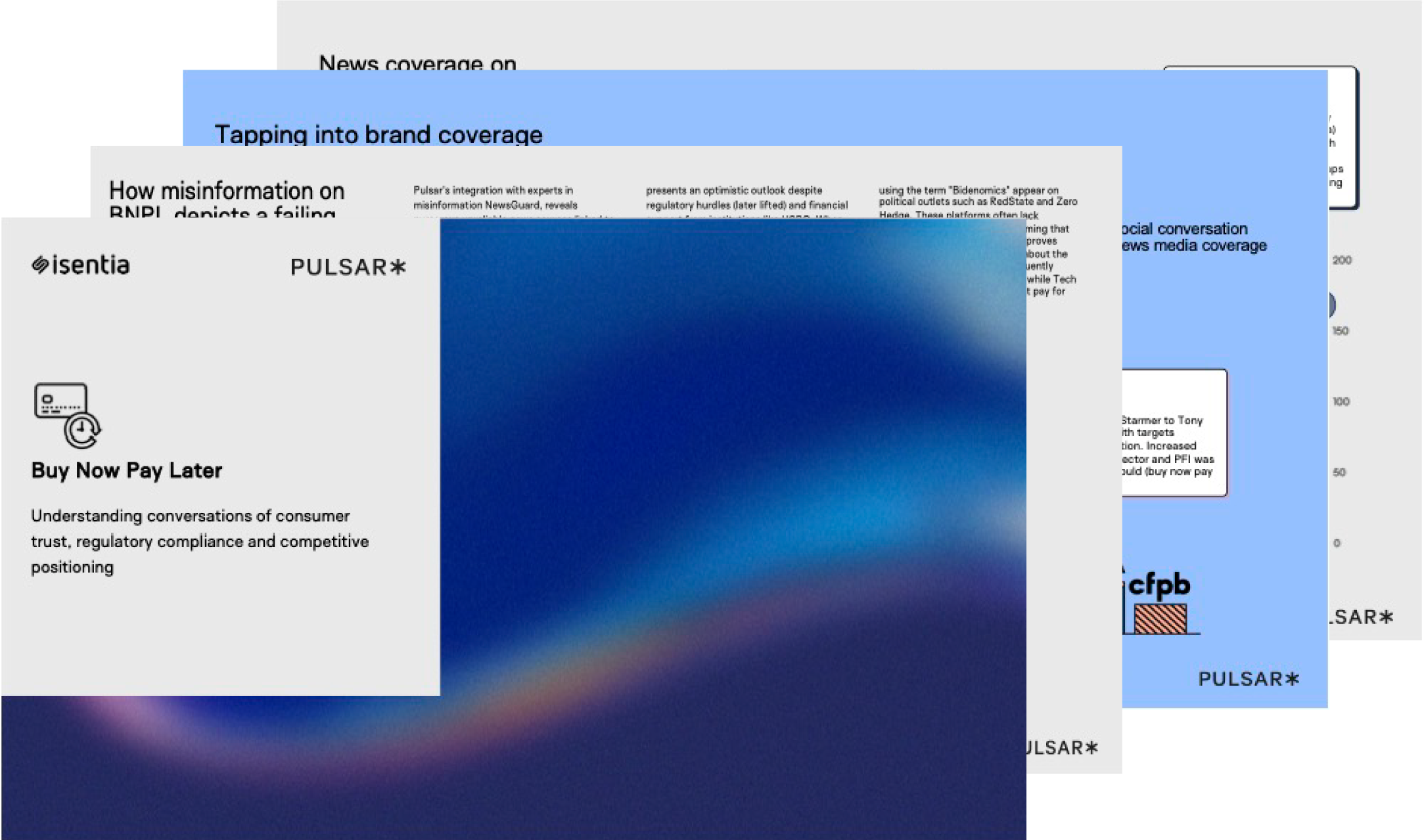



































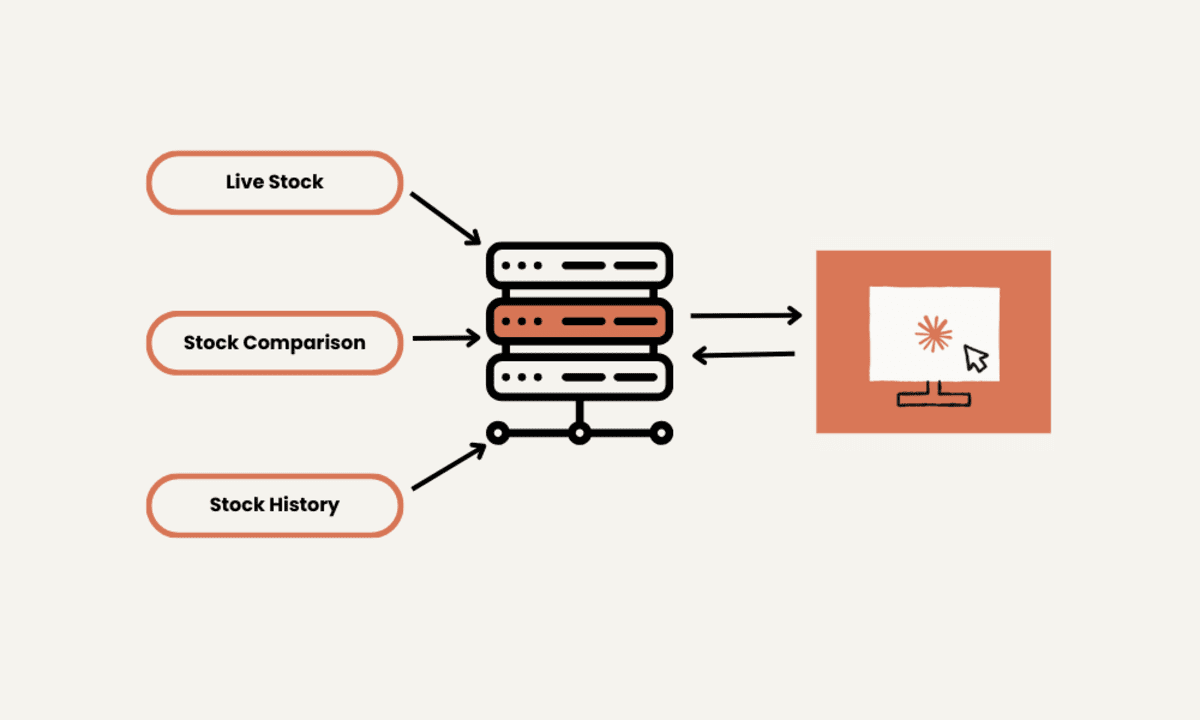



































































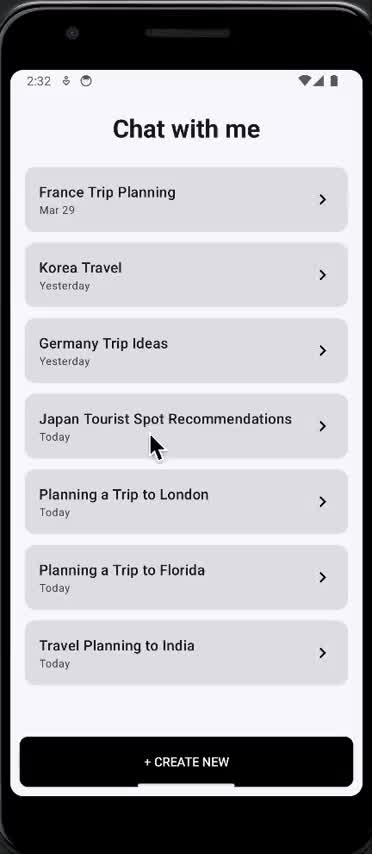
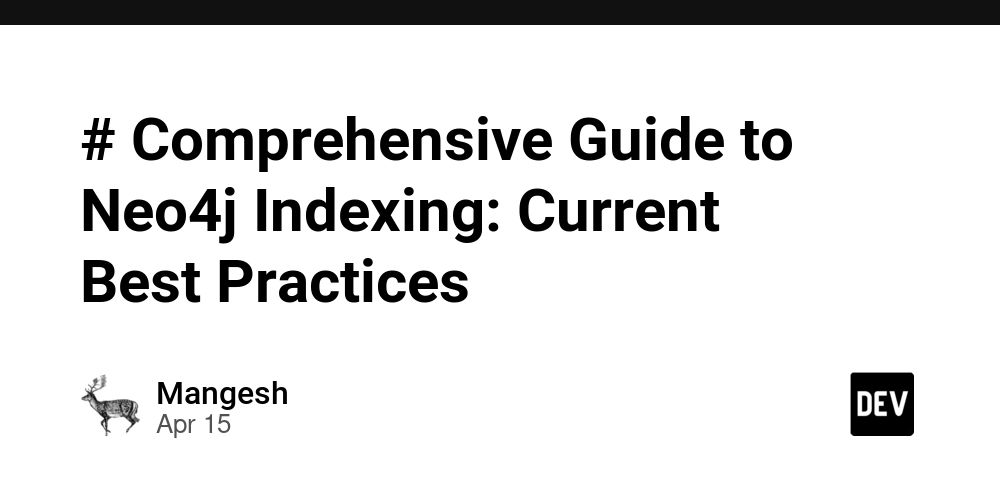


























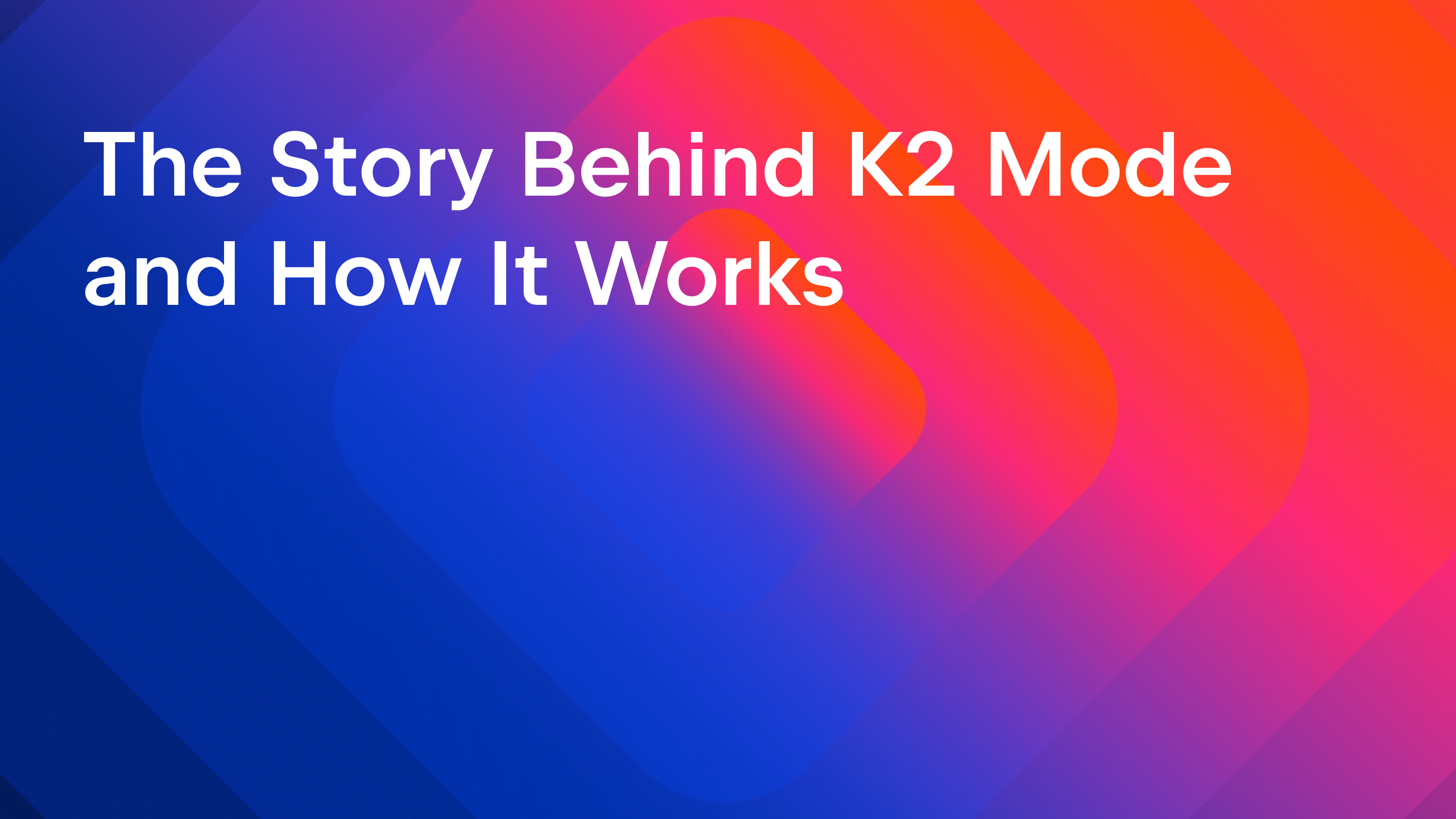
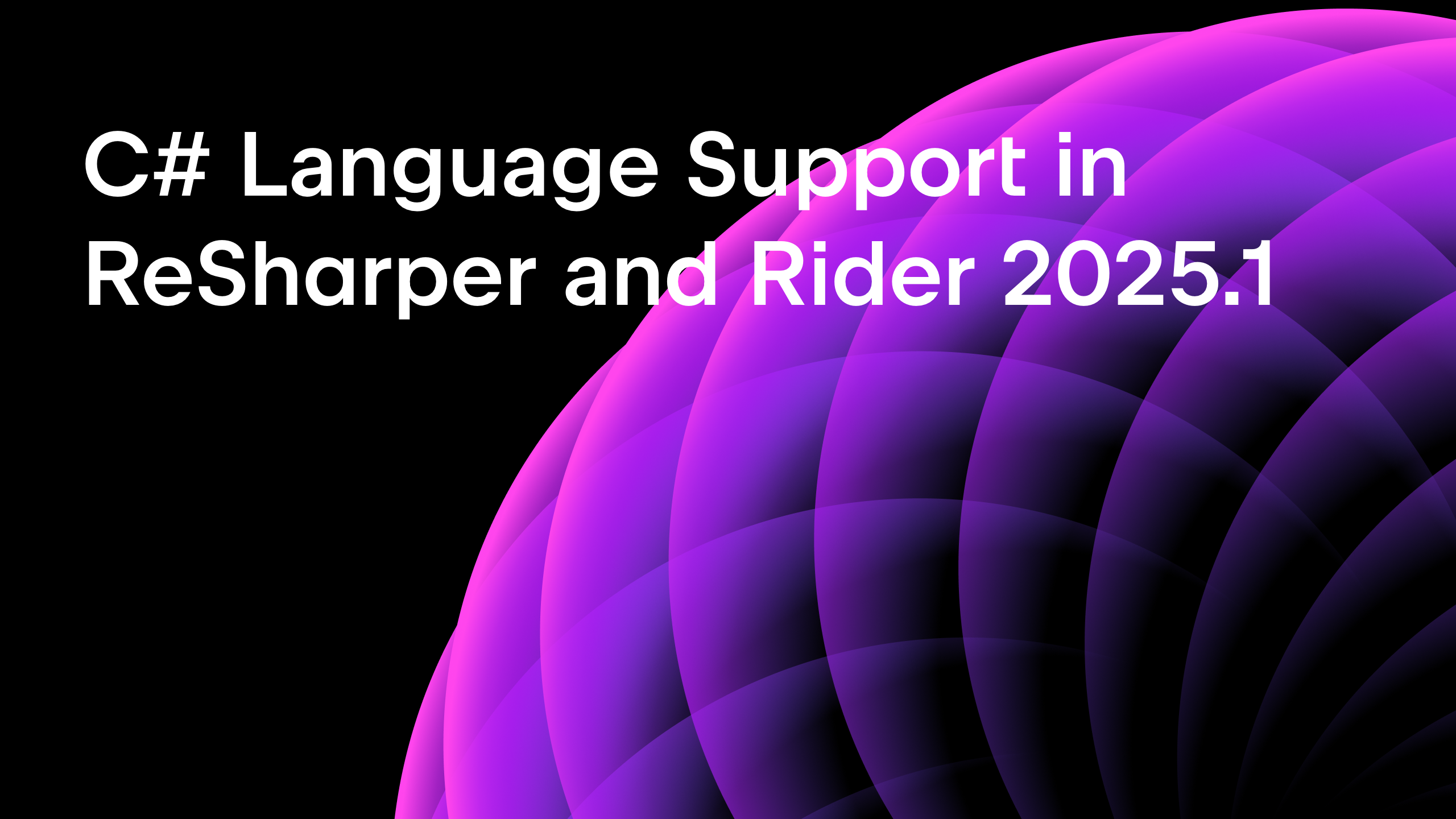







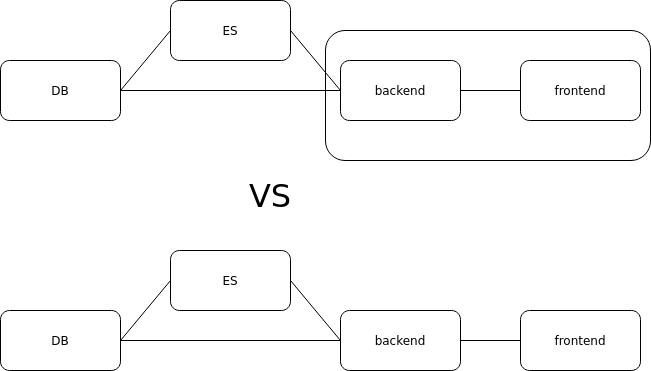

















































































.png?#)





















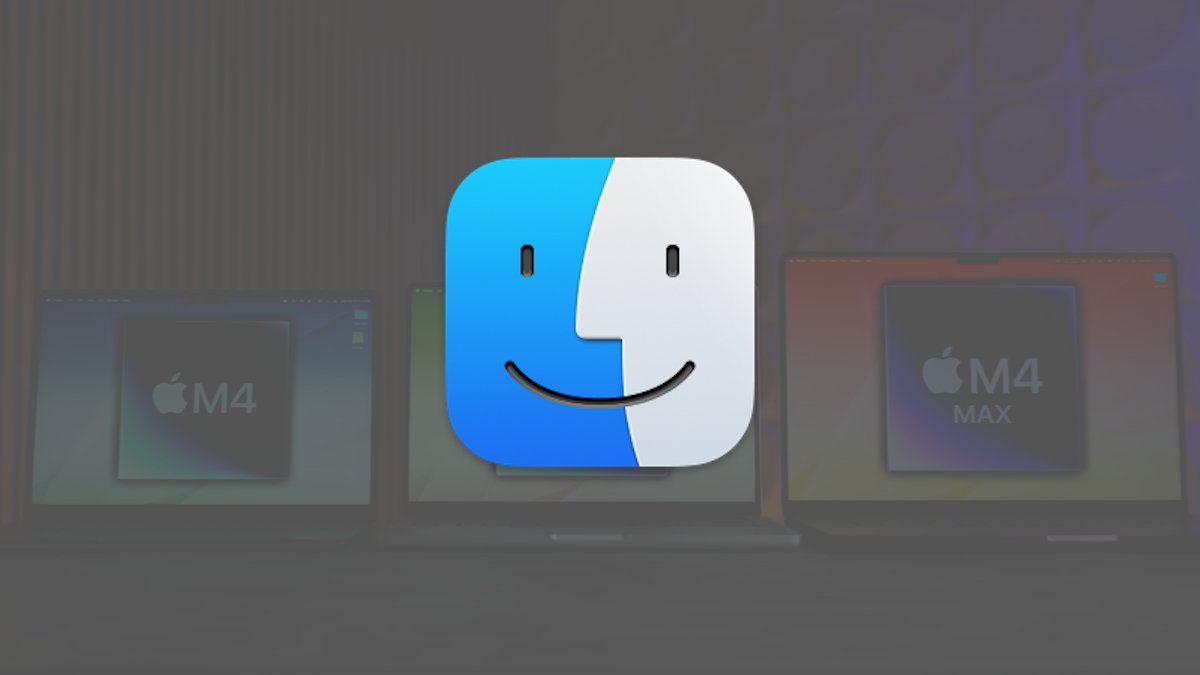



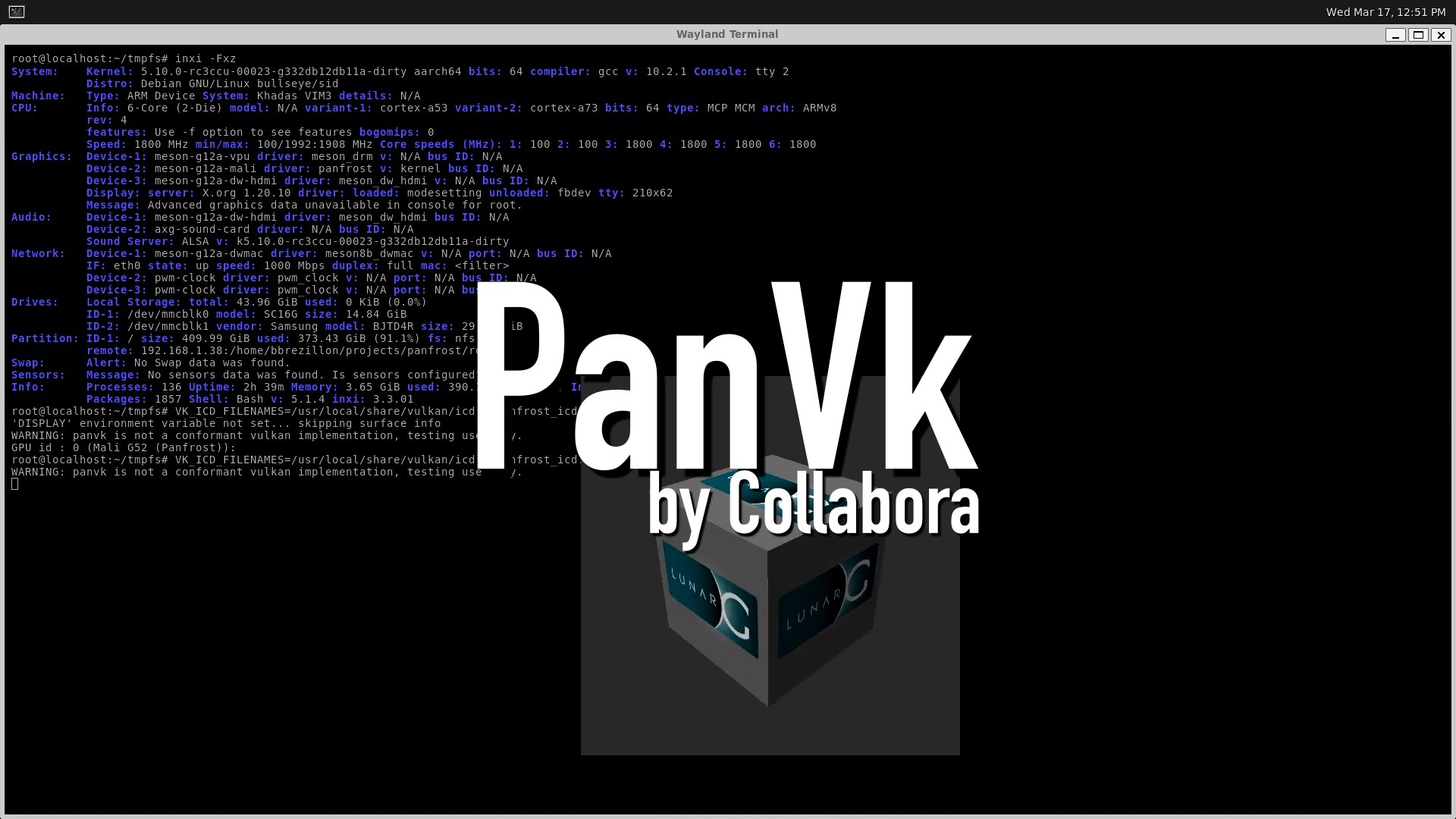










.webp?#)
.webp?#)













































































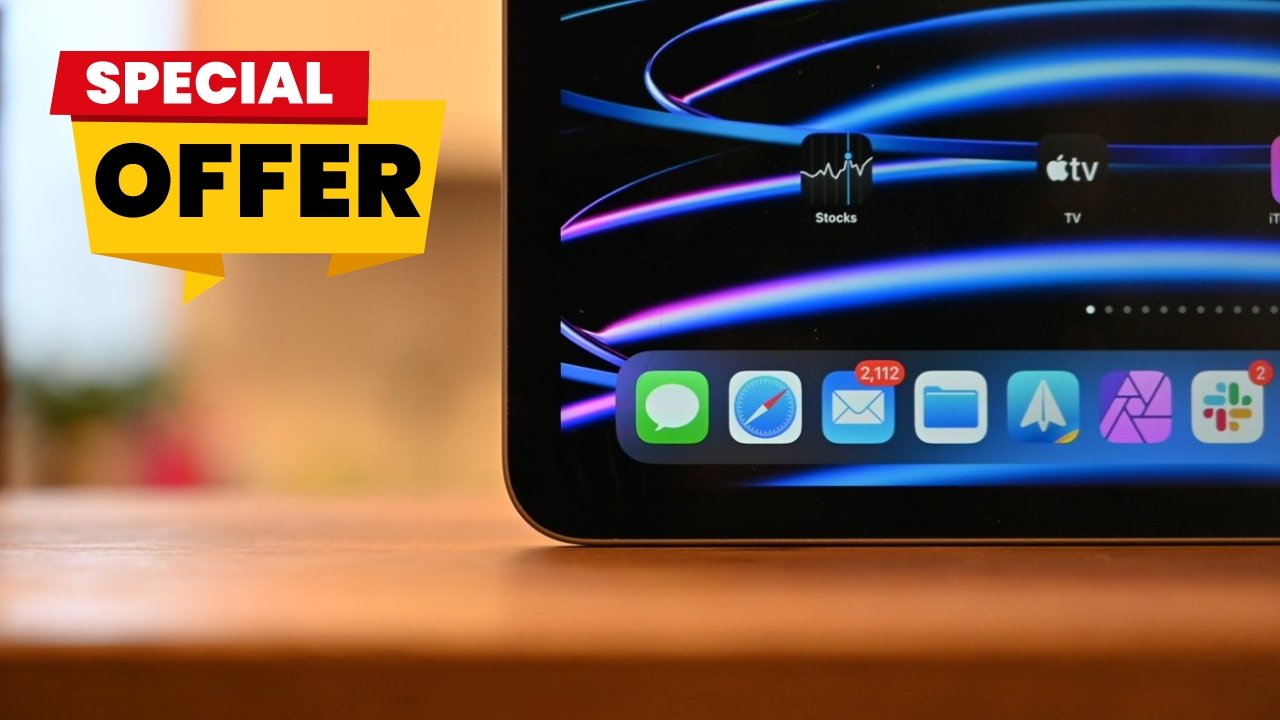




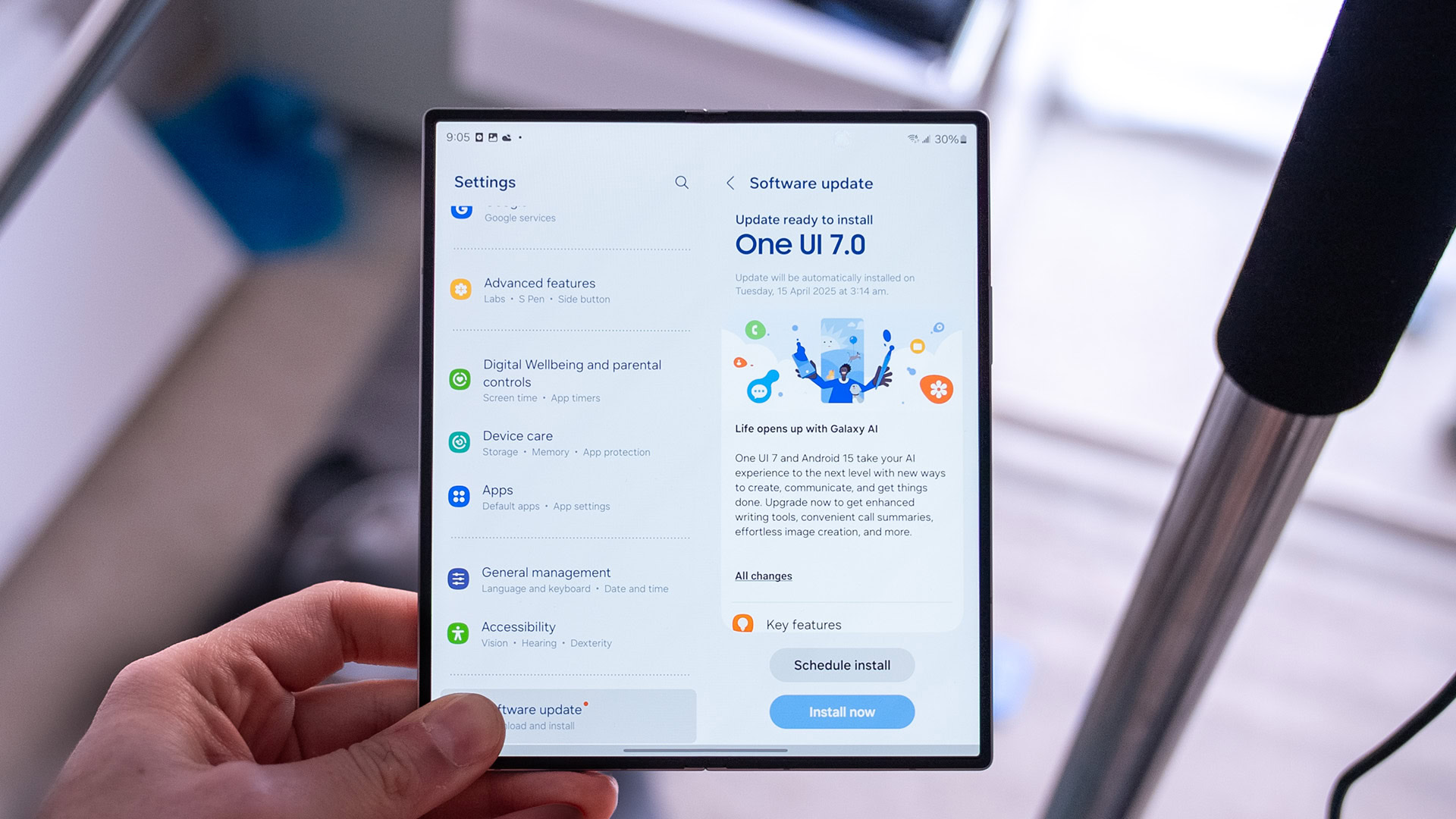




![[Fixed] Gemini app is failing to generate Audio Overviews](https://i0.wp.com/9to5google.com/wp-content/uploads/sites/4/2025/03/Gemini-Audio-Overview-cover.jpg?resize=1200%2C628&quality=82&strip=all&ssl=1)

![What’s new in Android’s April 2025 Google System Updates [U: 4/14]](https://i0.wp.com/9to5google.com/wp-content/uploads/sites/4/2025/01/google-play-services-3.jpg?resize=1200%2C628&quality=82&strip=all&ssl=1)













![Apple Seeds tvOS 18.5 Beta 2 to Developers [Download]](https://www.iclarified.com/images/news/97011/97011/97011-640.jpg)
![Apple Releases macOS Sequoia 15.5 Beta 2 to Developers [Download]](https://www.iclarified.com/images/news/97014/97014/97014-640.jpg)



